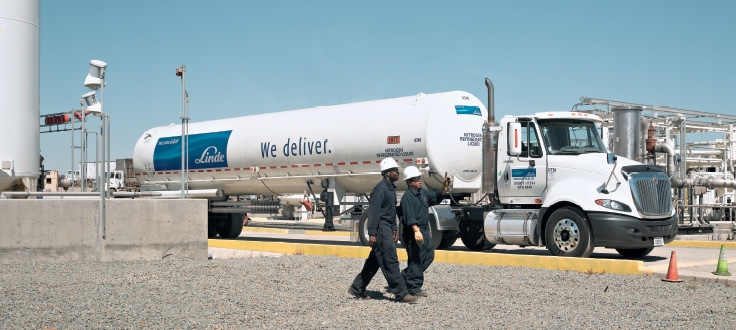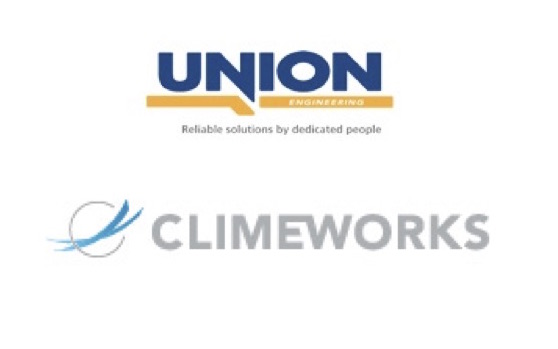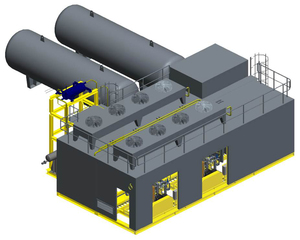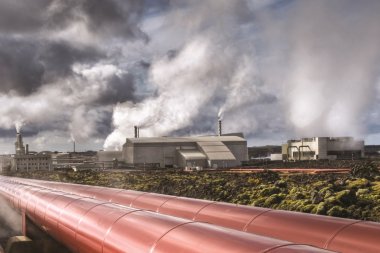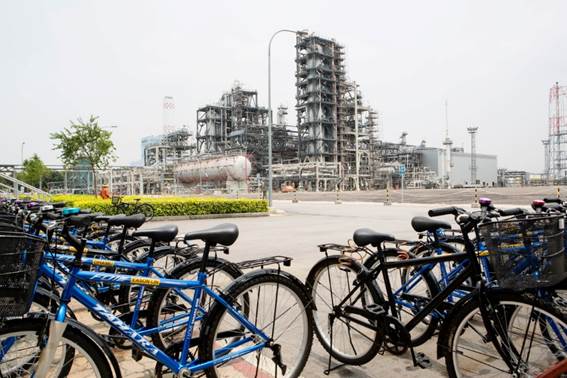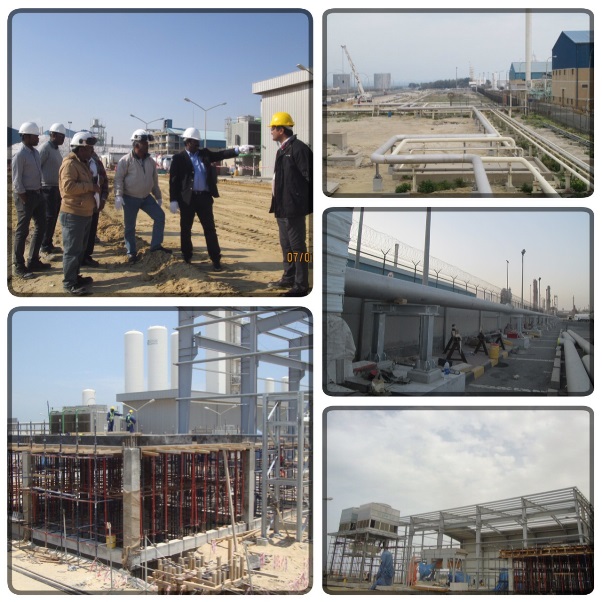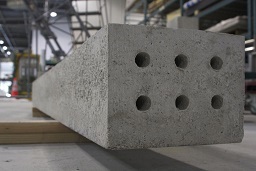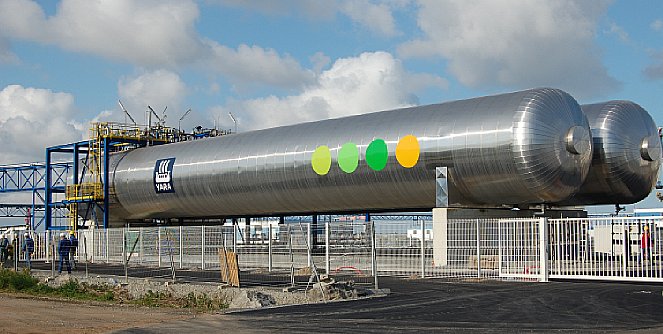DANBURY, Conn., December 19, 2016 – Praxair, Inc. (NYSE: PX) announced that it has started up its carbon dioxide purification and liquefaction plant at Delaware City Refining Company’s facility in Delaware City, Delaware. The 450-ton-per-day plant is producing food and beverage quality liquid carbon dioxide for distribution to the Northeastern U.S. merchant market.
In 2015, Praxair signed a long-term agreement with Delaware City Refining to purchase crude carbon dioxide from the refinery, further strengthening Praxair’s supply position in the region. The company also operates carbon dioxide purification facilities in Virginia, West Virginia and Canada that supply the Northeast.
Additionally, Praxair is building a dry ice facility on the site that will be capable of producing approximately 120 tons per day of product for the region. The facility is expected to be completed in early 2017.
“Praxair is uniquely positioned to supply carbon dioxide to customers throughout the Northeastern United States, including those in the growing food and beverage industry,” said Todd Lawson, east region vice president for Praxair’s U.S. industrial gases business. “This project also supports the sustainability goals of both Praxair and Delaware City Refining as we are making beneficial use of a refinery by-product.”
About Praxair
Praxair, Inc., a Fortune 300 company with 2015 sales of $11 billion, is a leading industrial gas company in North and South America and one of the largest worldwide. The company produces, sells and distributes atmospheric, process and specialty gases, and high-performance surface coatings. Praxair products, services and technologies are making our planet more productive by bringing efficiency and environmental benefits to a wide variety of industries, including aerospace, chemicals, food and beverage, electronics, energy, healthcare, manufacturing, primary metals and many others. More information about Praxair, Inc. is available at www.praxair.com.
Source: www.praxair.com


